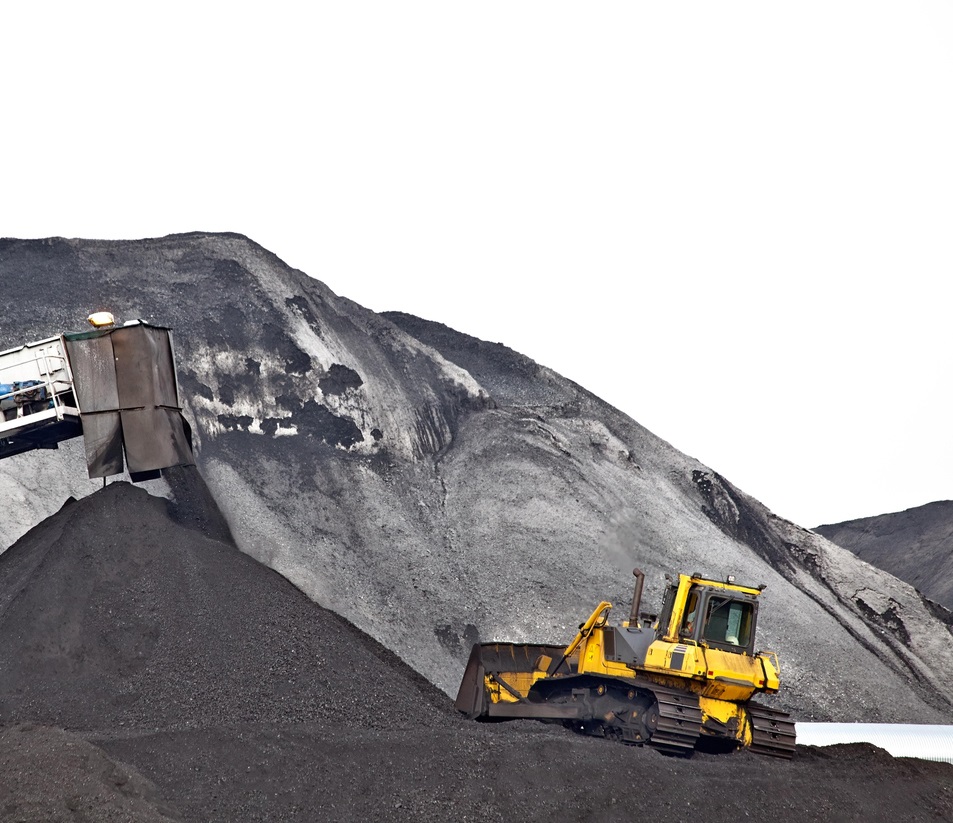
"We needed a partner who thoroughly understands reliability engineering, makes solid recommendations regarding asset management, and provides us with tools to make sound business decisions."
Peabody is the world's largest private-sector coal company. The company is also a leading voice in advocating for sustainable mining, energy access and clean coal technologies. Peabody serves metallurgical and thermal coal customers in more than 25 countries on five continents
The Problem
Because capital investment in equipment represents two-thirds of Peabody's maintenance costs, equipment assets must be managed very carefully. And because Peabody manages many different types of equipment with varying values, ages, maintenance cycles, and lifetimes, it must follow a carefully researched and planned strategy for maintenance and replacement.
In particular, Peabody needed to develop a replacement and maintenance plan for its 104 strong fleet of Caterpillar D11 dozers, used in surface coal mining. $1,500,000 per machine, each Caterpillar D11 dozer is a significant investment, so a replacement must be carefully scheduled to manage and plan for expenses, and to identify how the strategy for this particular kind of equipment fits within the larger asset puzzle.
Peabody had two main objectives:
- Determine when to repair or rebuild with component parts - to keep the equipment going -- versus when to replace. So, Peabody commissioned a lifecycle cost study to establish criteria for equipment replacement.
- Assess the effectiveness of its maintenance plan, and identify changes in the maintenance regimen along with specific anticipated benefits -- an optimized maintenance plan. While there is a general, human-nature perception that newer is better and replacement is the lower-cost path, that assumption is often not based on hard data.
While many organizations and consulting companies try to make these decisions based on historical qualitative assumptions, Peabody knew from previous experience with those other methods that multi-million dollar decisions should be made by looking into the future, running data-driven simulations and models, performing sensitivity analysis, and experimenting with what-if scenarios.
The Solution
ARMS Reliability works closely with a client's internal experts to collect the most helpful data. Based on ARMS' extensive experience across many companies, its consultants are able to ensure the validity and applicability of the data being collected, detect any problems, and identify ways to generate and collect better data.
In Peabody's case, ARMS found most of the data to be valid and useful. Specifically, ARMS consultants took these steps to deliver the optimized maintenance plan and lifecycle cost study within four weeks:
- Met with data collection experts, maintenance staff and operators at various sites
- Collected and adjusted applicable data
- Determined how data compared with reality
- Developed a thorough understanding of current maintenance plans
- Found that some data and practices differed from site to site due to factors like acquisition of other companies and value of ore mined
- Built models, loaded data, and experimented with various maintenance scenarios to identify the optimal strategy recommendations
- Walked through failure modes one by one, asking questions about cause and frequency of failure, component life, replacement costs, etc.
- Presented models to corporate experts
Ultimately, ARMS Work highlighted that there really was no advantage to replacing a dozer unless it increased productivity, or addressed an environmental or regulatory issue.
The toolkit that ARMS uses fits strategically with the tools that Peabody uses in-house. When ARMS builds a model, Peabody can run the model internally, keep it up to date, generate other outputs, and put the results back into the SAP system. From here, Peabody will use these tools to develop maintenance strategy, model the fleet makeup, and perform analysis around replacing and rebuilding scenarios.
The Outcome
ARMS' work is helping Peabody to decide on which strategies to implement and to develop a long-term plan for capitalization and selective replacement of equipment.
The study also outlined recommended improvements to maintenance process - areas where equipment was being over- or under-maintained.
The specific reports and charts that ARMS provided are helping the maintenance manager to make a solid business case, validate strategic plans, demonstrate the basis of decisions, and earn buy-in within the organization.
Although Peabody did not go into this study expecting a certain return on investment, because the study indicated that equipment replacement was not the optimal strategy, Peabody may well save annually about 10 times the amount it spent on the study.
Contracting to ARMS enabled Peabody to increase the bandwidth and capabilities of its team. Additional benefits will be realized as Peabody continues to implement the optimized maintenance strategy.
Data that is collected in the future can be plugged into the simulation tools to create updated models and revised strategies. Peabody is now equipped with tools it can use to generate long-term results.

Questions? We'll put you on the right path.
Ask about our Maintenance Strategy Optimization services and technical solutions. We are ready to help.
Contact Us
